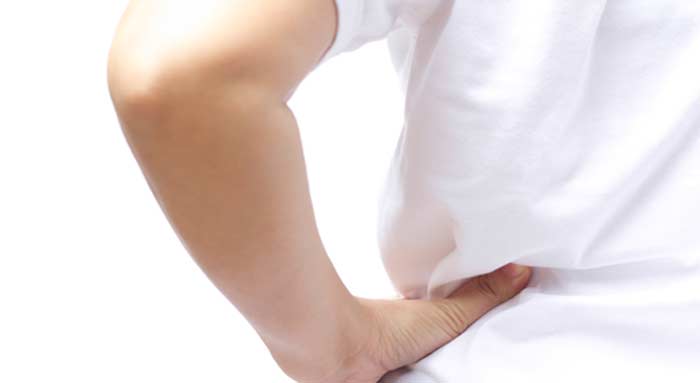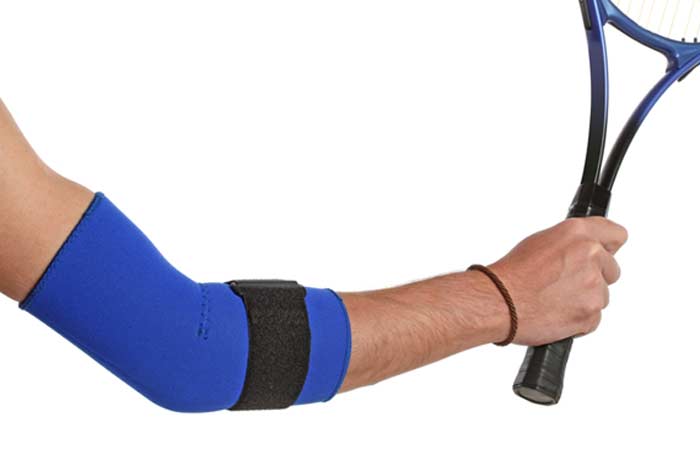
There are hundreds of joints in the human body, all of which are tasked with movement.
But it’s usually the more prominent and flexible ones in knees, shoulders, hips, ankles, and the spine that are more susceptible to age-related wear (degeneration), injury, and damage from arthritis and similar inflammation-based conditions.
If initial orthopedic and pain management treatments aren’t effective, joint restoration surgery may be recommended.
Arthroscopic Surgery
Performed with small incisions, a lighted device with a camera, and specialized instruments, arthroscopic surgery is typically done for two purposes – to view the affected joint to assess damage and to make appropriate repairs. Some arthroscopic joint procedures restore joint function by removing free-floating cartilage and/or pieces of bone.
Joint Resurfacing
Joint resurfacing is a restoration technique where the damaged surface of a joint is corrected. In the hip, for example, the socket part of the joint might be replaced with a metal cap and the ball part may be reshaped and capped. With the knee, an implant may be used to replace one of the three compartments in this joint.


Osteotomy and Synovectomy
With an osteotomy, a bone near an affected joint is removed or cut. In some instances, a wedge of bone is added near the damaged joint. If a synovectomy is done, all or part of the affected joint’s lining (synovium) is removed. This procedure is usually performed on patients with joint damage due to inflammatory arthritis.
Partial and Total Joint Replacement
If other non-surgical and surgical attempts to restore joint function have failed, a partial or total joint replacement may be recommended. A total joint replacement (TJR) is done by replacing all parts of the affected joint with artificial components that mimic the appearance and function of the original parts. With some damaged joints, it may be possible to preserve part of the joint and only replace the affected part. This is known as a partial joint replacement.
Arthrodesis or Fusion
Arthrodesis refers to any procedures that restore joint function with strategic immobilization to prevent excess movement and improve joint strength. The most common way to do this is with joint fusion surgery, which involves the use of graft material and hardware (e.g., plates, screws, rods or wires) to joint two or more bones together to create one continuous joint. This approach to joint restoration is usually recommended for patients with damage due to arthritis or age-related wear.
Minimally Invasive TJR and Joint Revision
A minimally invasive total joint replacement is a version of TJR that’s done with smaller incisions and related techniques designed to reduce trauma to nearby tissues and shorten the recovery period patients. Minimally invasive TJR tends to be recommended for patients who are 50 and younger and otherwise healthy except for their affected joint. If parts of a joint that were previously surgically restored wear out, revision surgery may be necessary to insert replacement components.
Regardless of the procedure you have, your risk of sustaining further joint damage post-surgery may be reduced by getting regular exercise, being mindful of your form and technique when playing sports, and eating joint-friendly foods. The type of joint restoration surgery that’s right for you will depend on factors such as your age and level of activity and whether or not you have underlying health issues such as osteoporosis or diabetes that could contribute to future joint problems or complicate surgery.
